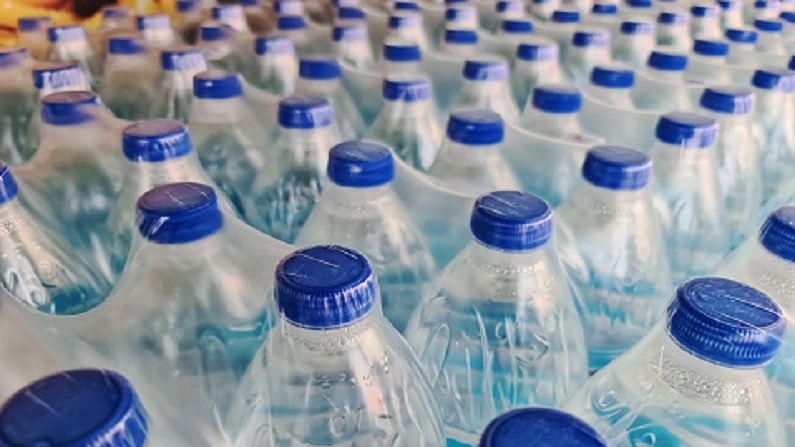Nearly half of Delhi slums take to bottled water to quench thirst
Households with water connections are also using bottled water for drinking due to purity concerns

About 44% of inhabitants in Delhi slums rely on bottled water for drinking, whereas 76% of households in the city have piped water connections, according to a Delhi government survey. The study also said that 71% of households were connected to a piped sewer system, while 28.5% used the ‘flush to septic tank’ approach.
The report was based on the results of the Delhi government’s Directorate of Economics and Statistics’ State Sample of the 76th national sample survey on ‘Drinking Water, Sanitation, Hygiene, and Housing
Condition.’
This survey was done by the Directorate of Economics and Statistics of Delhi government between July and December 2018.
Bottled Water
According to the report, 76% of homes had piped water, 7.5% utilised tube wells, and 7% used bottled water, while 3.8% used public taps and 3.3% relied on water tankers.
Between 2012 and 2018, the number of families utilising bottled water as their major source of drinking water more than doubled.
According to a report in The Times of India, drinking water packaged in bottles, jars, pouches and other containers were sold by different brands. Non-branded bottled water was also available. Generally, this packaged drinking water meets certain safety standards.
The release of the report was delayed by two factors. First, the samples were collected and the comparison of multiple parameters was required at the national level. The Covid-19 pandemic was the second factor that led to the delay.
The newspaper quoted an official who was a part of the survey as saying that many households with piped drinking water connections were also found using bottled water for drinking purposes over concerns of purity.
Only 58.8% of households used electric purifiers and 29.4% did not use any treatment for drinking water. Nearly 10% of households used non-electric purifiers, 0.9% used the boiling method and 0.1% used cloth for filtering water.
An official said the survey on housing conditions was aimed to portray several aspects, including infrastructure facilities like electricity, bathroom, drinking water, sewerage, drainage, garbage disposal, ventilation, among others.